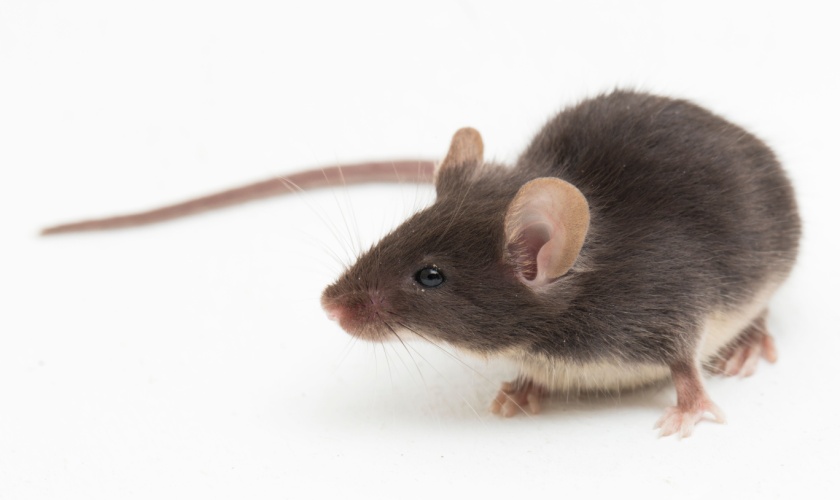If you’re hearing scratching in your walls, spotting droppings in the pantry, or noticing chewed wires and food packaging, you might be facing a mouse or rat problem. Rodents are a common issue in San Jose homes, especially as they seek shelter, warmth, and food. But determining which rodent has invaded your space—mouse or rat—can make a big difference when it comes to effective removal.
At Citra Pest Control, we specialize in rodent identification, control, and prevention. In this blog, we’ll break down the key differences between mice and rats, the signs to look for, and how to deal with a rodent infestation the right way.
Why It Matters: Mouse or Rat?
You may think that all rodents are essentially the same, but mice and rats behave differently, reproduce at different rates, and require tailored removal strategies. Rats are generally more cautious and intelligent, while mice are more curious and likely to investigate traps. Misidentifying your mouse or rat problem could result in wasted time and ineffective treatment.
Physical Differences
Let’s start with a few distinguishing features:
Mice:
- Small (2.5–4 inches long without the tail)
- Light brown or gray fur
- Long, thin tails covered in fine hair
- Large ears relative to their heads
- Pointed snouts
Rats:
- Larger (7–9 inches long without the tail)
- Heavier, more muscular bodies
- Thicker, hairless tails
- Smaller ears and blunter snouts
If you spot one of these rodents in your home, take note of its size and features. This will help professionals like Citra Pest Control determine the best strategy for removal and prevention.
Droppings: A Telltale Clue
Rodent droppings can help confirm whether you have a mouse or rat problem.
Mouse droppings are:
- Small (about 1/8 inch)
- Rod-shaped with pointed ends
- Found in cabinets, under sinks, along baseboards
Rat droppings are:
- Larger (up to 3/4 inch)
- Capsule-shaped with blunt ends
- Often found in attics, garages, and basements
Droppings are often the first visible sign of an infestation, and they accumulate quickly. Be sure to avoid touching them with bare hands—rodent waste can transmit disease.
Nesting Habits and Locations
Mice and rats both create nests using shredded paper, insulation, fabric, or other soft materials. However, their preferred nesting spots differ.
Mice tend to build nests in:
- Wall voids
- Inside cabinets
- Behind appliances
Rats are more likely to nest in:
- Basements
- Attics
- Crawlspaces
- Garages
Rats may also burrow outdoors around foundations or under decks. If you notice tunnels near your home’s perimeter, you’re likely dealing with rats.
Sounds and Activity
Hearing strange noises in the night? Mice and rats are both nocturnal, but their movements differ.
Mice make:
- Light scratching sounds
- Squeaking noises
- Soft scurrying inside walls or ceilings
Rats produce:
- Heavier thuds
- Gnawing or chewing sounds
- More pronounced movement due to their size
Knowing when and where you hear rodent activity can help confirm the type of rodent in your home.
Damage and Chewing Patterns
Both mice and rats chew on just about anything, but the size of the damage can help identify the culprit.
- Mice leave smaller gnaw marks on food packaging, wires, and furniture.
- Rats cause more extensive damage, often chewing through drywall, pipes, or even concrete in severe infestations.
You may also find greasy rub marks along walls and baseboards—rats, in particular, leave more noticeable smudges due to their oily fur and larger size.
The Risk of Rodents in Your Home
Regardless of whether you have a mouse or rat problem, rodents can pose serious health and safety risks. They contaminate food, carry bacteria, and can even spark electrical fires by chewing on wires.
Once inside, they reproduce rapidly, making early detection and professional treatment critical. DIY traps may catch one or two rodents, but they rarely solve the root of the infestation—especially if you’re not sure which rodent you’re dealing with.
Why Choose Citra Pest Control?
At Citra Pest Control, we know how unsettling it is to have rodents invade your home. Our trained technicians can quickly identify whether you’re facing a mouse or rat problem, seal entry points, and provide targeted removal solutions that are safe and effective.
We offer:
- In-depth inspections and customized treatment plans
- Humane and eco-conscious rodent control methods
- Ongoing prevention and monitoring services
Experienced, local professionals who understand San Jose’s rodent activity
We’re committed to protecting your home from current and future infestations so you can sleep soundly at night.
Don’t Wait—Act Now
The longer rodents stay in your home, the more damage they can do. If you’ve noticed any signs—droppings, scratching sounds, chewed food packaging, or nests—contact Citra Pest Control right away. We’ll help you confirm whether it’s a mouse or rat problem and get to work eliminating the issue at its source.
Rodents don’t belong in your home—let Citra Pest Control help you take it back.

